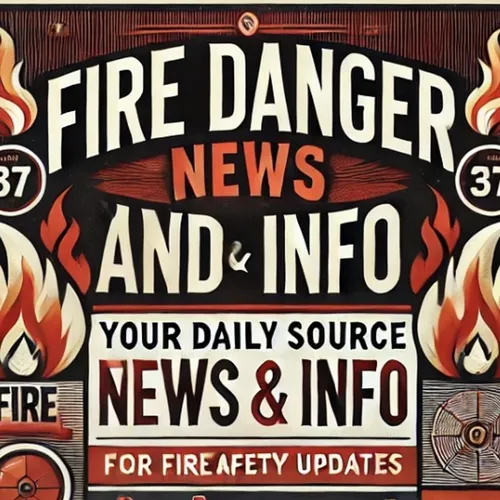USGS Leads the Way in Wildfire Science: Innovative Strategies to Combat the Growing Threat
- Author
- Quiet. Please
- Published
- Wed 27 Nov 2024
- Episode Link
- https://www.spreaker.com/episode/usgs-leads-the-way-in-wildfire-science-innovative-strategies-to-combat-the-growing-threat--63037455
The intensifying threat of wildfires in the western United States has highlighted the crucial role of fire science in understanding and combating these natural disasters. In recent years, longer fire seasons, extreme weather conditions, and increased fuel loads have led to more frequent and severe wildfires, challenging firefighting resources and endangering communities and ecosystems. To address these challenges, the United States Geological Survey (USGS) has been at the forefront of researching and developing tools and techniques that improve wildfire response and mitigation strategies.
Central to the USGS's efforts is the Wildland Fire Science program, which focuses on enhancing our understanding of fire behavior, impacts, and management. This program integrates cutting-edge technology, field research, and interdisciplinary collaboration to provide valuable insights into the complexities of wildfires. These insights are essential for predicting fire behavior, assessing risks, and developing effective management strategies.
One of the key focuses of the USGS Wildland Fire Science program is the use of satellite imagery and remote sensing technology to monitor and model wildfires in real time. This allows scientists and emergency responders to track the progression of fires, assess the severity of burn areas, and predict potential future impacts on landscapes and communities. With improved data collection and analysis, decision-makers can make more informed choices about resource allocation, evacuation planning, and post-fire rehabilitation.
Another critical area of research is understanding the ecological impacts of wildfires, particularly in fire-prone ecosystems. The USGS conducts studies on how wildfires affect vegetation, soil health, and hydrology, which are vital for developing restoration strategies and maintaining biodiversity. These studies are especially important in sensitive habitats where wildfires can trigger lasting changes that might not be immediately apparent.
The USGS also collaborates with federal, state, and local agencies to develop and implement fire management policies that balance human safety, ecological health, and economic interests. By sharing their findings with land managers and policymakers, USGS scientists contribute to the creation of more resilient landscapes and communities that can better withstand the growing threat of wildfires.
With climate change continuing to exacerbate wildfire conditions, the need for comprehensive fire science has never been more critical. The research conducted by the USGS Wildland Fire Science program represents a vital component of the broader strategy to address the challenges posed by wildfires. By advancing our understanding of fire dynamics and their impacts, the USGS is playing a crucial role in developing innovative approaches to manage and mitigate wildfire risks.
For more information on how USGS science is making a difference in combating wildfires, visit the USGS Wildland Fire Science webpage.
